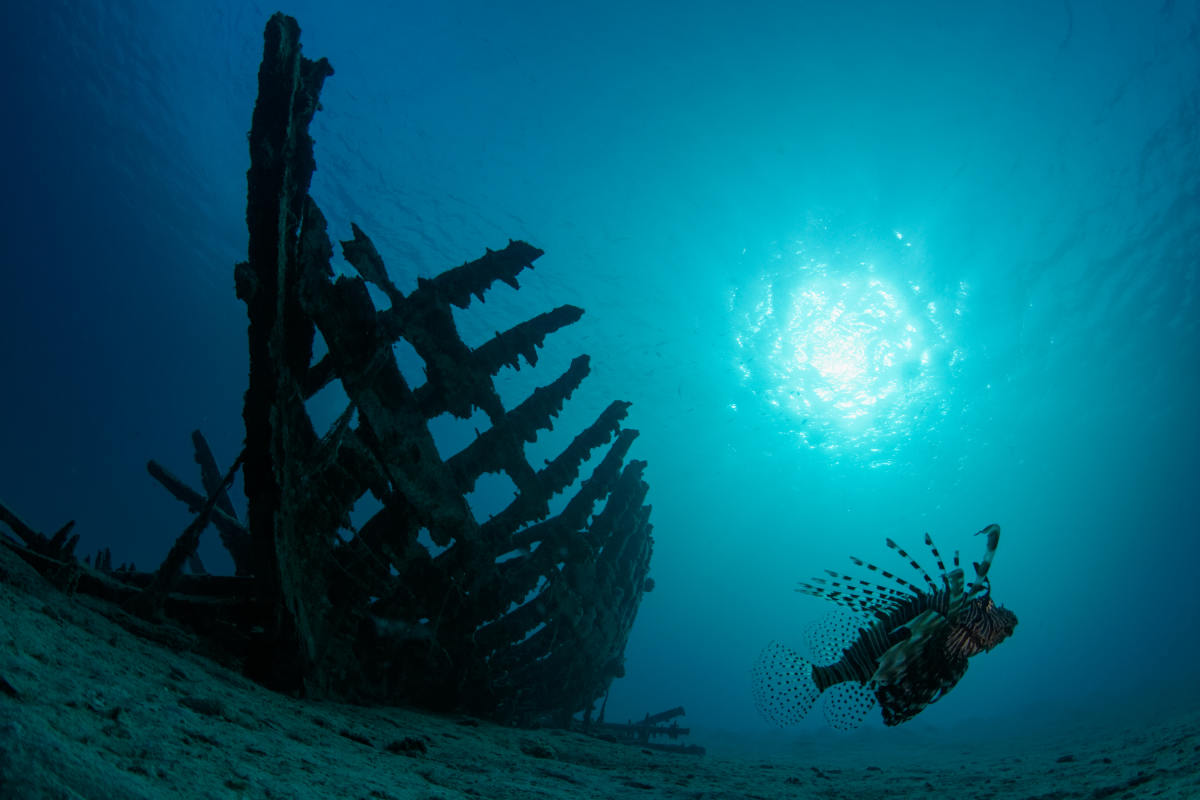Artifacts From Two Ancient Shipwrecks Shed Light on Legacy of Maritime Silk Trade Route During Ming Dynasty

Many individuals have a unique opportunity to see the legacy of the famous Maritime Silk Road, which completely transformed the picture of Chinese trade and became a crucial avenue for the dynamic between China and other countries. Two shipwrecks on the northwestern slope of the South China Sea revealed some items that helped establish these relationships, according to China.Org. These items were brought to the surface after expeditions conducted by archaeologists in 2023 and 2024. Now, some of them are being displayed by the China (Hainan) Museum of the South China Sea, as part of an exhibition titled "Deep Blue Marvels."

Artifacts Gathered from the Shipwrecks
The exhibition started in September of last year. Since then, it has welcomed more than one million visitors. The shipwrecks were categorized as No.1 and No.2 by experts. Artifacts in the No.1 were mainly porcelain objects, in celadon, white, and blue-and-white colors. Based on the shapes and designs of the objects, experts determined that they belonged to the Zhengde reign of the Ming Dynasty (1368-1644). Researchers were astounded to see the craftsmanship on the objects and believed that these items were key in making the maritime trade of mid-Ming China reach unimaginable heights. "Porcelain from Jingdezhen has been connected to the world since the Renaissance," said Weng Yanjun, director of the Imperial Kiln Museum in Jingdezhen.
In total, 900 pieces were collected from the two shipwrecks, submerged around 4,000 feet into the waters, according to the State Council Information Office. Further examinations indicated that these shipwrecks had been there for five centuries. From these items, around 400 have been chosen for presentation. 34 items in the collection have been borrowed from the Palace Museum and other museums.
Notable Pieces
One of the most noteworthy objects in the collection is the Fahua-colored porcelain. At the beginning of the exhibition, 13 of them were on display. Such items are very hard to come by for archaeologists, and it is the first time these artifacts have been discovered in shipwrecks. These objects also verify the claim that porcelain artifacts made in Jingdezhen were exported during the Ming Dynasty (1368-1644). These findings could also help in detecting kiln sites.

The exhibition also features two remarkable bowls, one red and another green. These bowls stand apart because they carry a mark that translates to "made in the year of Bingyin." It further confirms that the ships were sunk during the Zhengde period of the Ming Dynasty and were part of trading activities on the Maritime Silk Road. "Through this exhibition, we hope to show the social and economic development in the middle of the Ming Dynasty and inform the audience about the prosperity of the Maritime Silk Road in ancient China and the exchanges between Chinese and foreign civilizations," said Xin Lixue, curator of the China (Hainan) Museum of the South China Sea.
Connection with Foreign Civilization
The porcelain items from the No.1 shipwreck were very similar to some dishes in the famous Italian painting "The Feast of the Gods." Such discoveries imply that by the 14th century, China and Italy had established a strong trade relationship, on the shoulders of these elegant porcelain items. "At the time, Europeans were eager to learn the techniques behind Chinese porcelain - especially the making of blue-and-white ware," explained Monica Gass, vice president of the Geneva-based International Academy of Ceramics. "In the process of studying and imitating them, Western artists gradually absorbed Chinese artistic styles and cultural elements, which is a vivid reflection of mutual cultural exchange," she added.